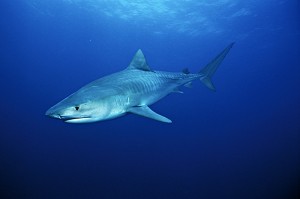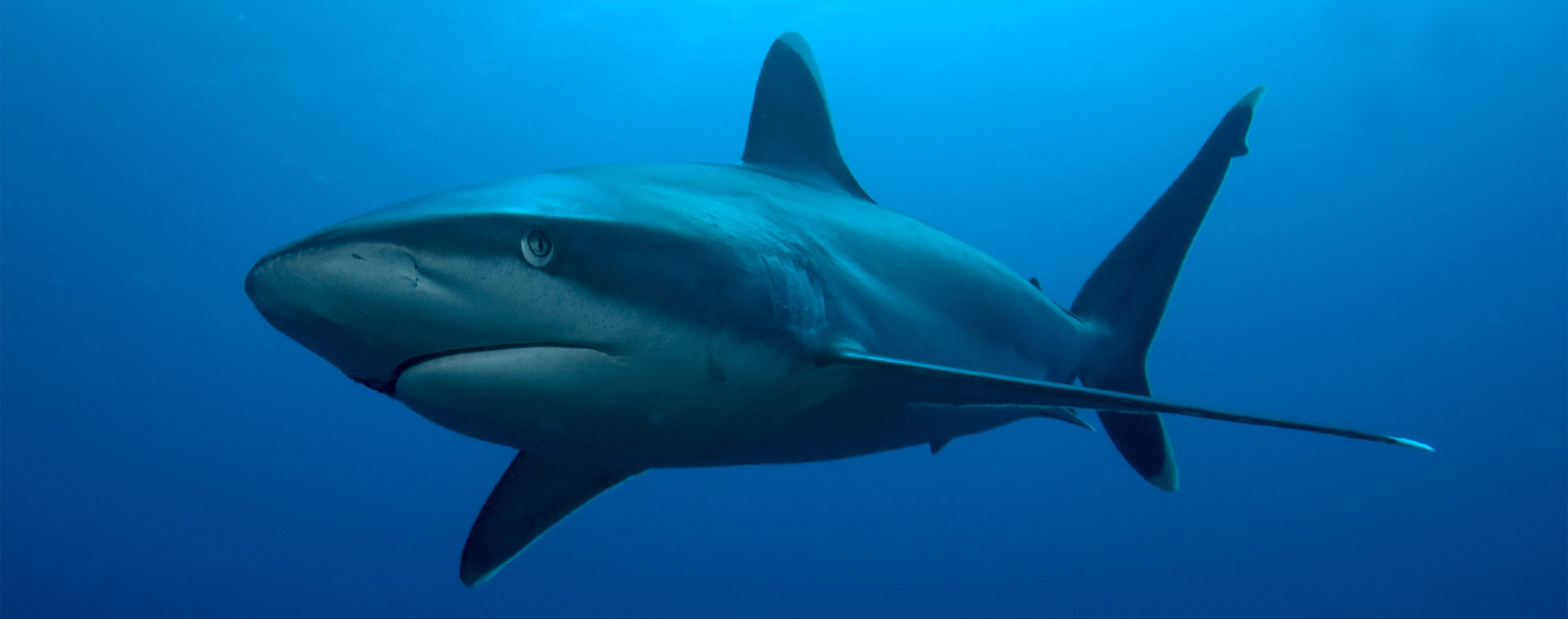Réunion: Mythes et Réalités – N°4 – Reunion Island : Myth & Reality N°4

Mythe N°4 : « C’est à la Réunion qu’il y a le plus d’attaques de requin dans le monde ; c’est le spot le plus dangereux ! »
FAUX : il suffit de consulter les chiffres : la Floride a été très touchée en 2012, tout comme l’Australie, l’Afrique du Sud, Hawaï, la Californie, le Brésil. En 2012, Il y a eu 83 attaques dans le monde, dont 25 attaques pour la Floride, 21 attaques en Australie, et 3 attaques mortelles sur les 5 recensées en Afrique du Sud.
En 2013, selon le Global Shark Attack File publié le 25 Janvier 2014, il y a eu 97 attaques de requins à travers le monde dont 59 aux États-Unis. Sur les 13 attaques de requins mortelles cette année-là, le Brésil, l’Australie, l’Île de La Réunion et les États-Unis comptent chacun deux décès.
N’oublions pas que les moustiques, les chiens, les abeilles…sont responsables de bien plus de morts chaque année que les requins, sans compter l’homme qui remporte la palme à ce triste concours (comme, par exemple, les chasseurs).
Qui plus est, à la Réunion, le choix des autorités s’est fait en faveur du projet « Cap Requins » mené et coordonné par le Comité régional des pêches, en toute opacité et grâce à des fonds publics de plusieurs centaines de milliers d’euros. Cela consiste à mettre des hameçons avec des appâts notamment à côté des sites balnéaires de la côte Ouest…et d’essayer d’attraper les requins-bouledogues et les requins-tigres et de les tuer. Appâter ces animaux fait courir le risque d’avoir plus d’attaques de requins. Mais désormais, cela rapporte tellement d’argent à quelques personnes : pourquoi changer ?
Myth N° 4: « The Reunion island is the most dangerous spot with an incredibly high number of shark attacks in comparison with worldwide ! «
FALSE: just check the figures: Florida has been hard hit in 2012, like Australia, South Africa, Hawaii, California, Brazil. In 2012, There were 83 attacks worldwide, including 25 attacks in Florida, 21 attacks in Australia, and three deadly attacks on the 5 identified in South Africa.
In 2013, according to the Global Shark Attack File released January 25, 2014, there were 97 shark attacks worldwide including 59 in the United States. Of the 13 fatal shark attacks that year, Brazil, Australia, Reunion Island and the United States each have two deaths.
Remember that mosquitoes, dogs, bees … are responsible for more deaths each year than sharks, not to mention the man who won the prize in this contest sad (like, for example, hunters).
Some people in the island who want to kill sharks explain to whomever that the Reunion island is a very small island, and as there are as many attacks in the Reunion island as in Australia which is much bigger, it means that the Reunion island’s water are more infested with sharks and more dangerous than Australian waters…It is stupid and false!
The real problem in the Reunion island with the presence of bull sharks and accidents is that the decision to fish the sharks is the only way that has been chosen by the authorities. The regional Comittee for fishing, responsible and coordonator of the program called « Cap Requins », has been given a lot of money (several hundred thousands euros…) just to bait bull sharks and tiger sharks near the beaches of the West coast… and try to kill them. Baiting shark is a risk for more sharks’ attacks. But now it is paid so much money to a few people: why would they change?

Commentaires récents